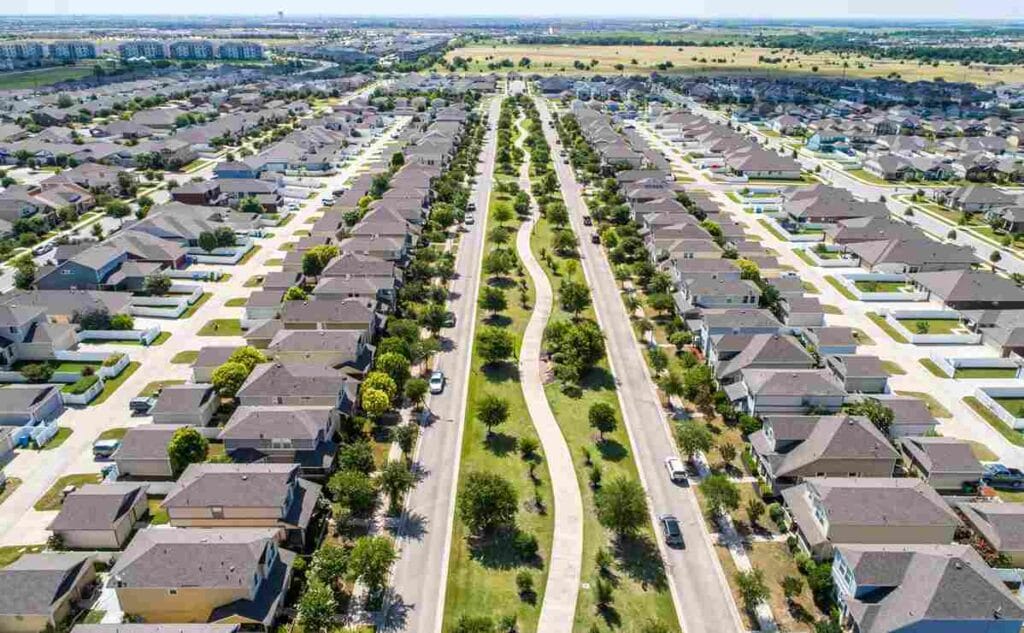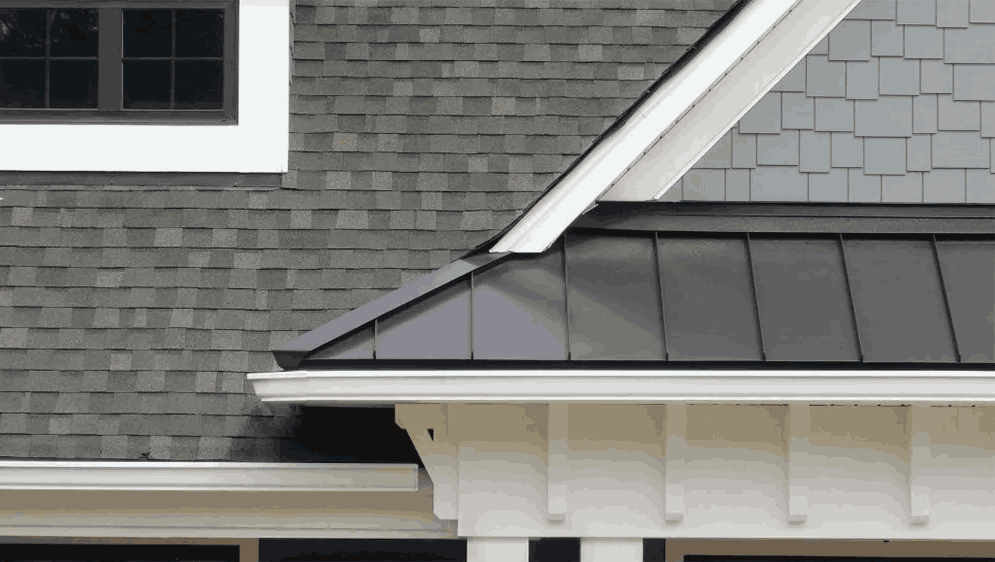
Oriented Strand Board (OSB) has become a popular material in residential and commercial roofing due to its affordability and structural consistency. If you’re considering OSB for your roof system, understanding its advantages, cost implications and differences compare to plywood.
✅ Pros of Using OSB Roofing
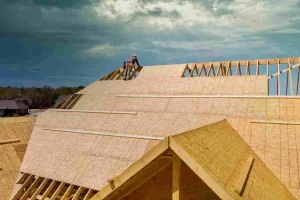
-
Cost-Effective: OSB is generally cheaper than plywood, often by 10% to 30%, making it a budget-friendly option for large-scale projects like sheathing and subflooring.
-
Consistent Quality: Manufactured from compressed wood strands, OSB offers uniform thickness and fewer weak spots, ensuring consistent performance across panels.
-
Large Panel Sizes: OSB is available in larger sheets, reducing the number of seams in construction and potentially speeding up installation.
-
Eco-Friendly: OSB utilizes smaller, fast-growing trees, making it a more sustainable choice compared to plywood, which often requires larger, slower-growing trees.
❌ Cons of Using OSB Roofing
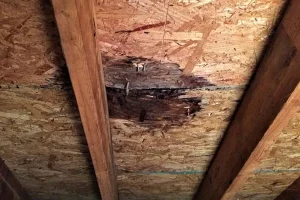
-
Moisture and Heat Sensitivity: OSB can absorb water and Heat more quickly than plywood, leading to issues like swelling and wet that delaminate material at the edges when not properly sealed or exposed to prolonged moisture or sunlight.
-
Heavier Weight: OSB tends to be denser and heavier than plywood, which can make handling and installation more challenging.
Less Aesthetic Look: The appearance of OSB is generally considered less attractive than plywood, making it unsuitable for applications where the material is visible.
💰Cost Implications for a 1,600 Square Foot Roof
For a 1,600 square foot roof, approximately 50 sheets of 4’x8′ panels are required.
-
OSB Total Cost: 50 sheets x $25–$40 = $1,250–$2,000.
-
Plywood Total Cost: 50 sheets x $35–$60 = $1,750–$3,000.
The price of OSB is typically lower than that of plywood. For instance, a 1/2” 4’x8’ panel of OSB may cost around $37–$40, whereas the same size plywood panel might range from $40–$50. For a 1,600 square foot roof, using OSB could save approximately $150–$500 compared to plywood. This results in a potential savings of $500 to $1,000 when opting for OSB over plywood for the same roofing project.
🛠️ Additional Considerations
While cost is a crucial factor, it’s essential to consider other aspects:
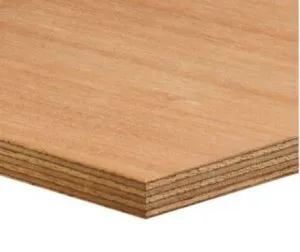
-
Moisture Resistance: Plywood generally offers better moisture resistance than OSB. Plywood dries faster and is less prone to swelling, making it more suitable for areas with high humidity or frequent rainfall.
-
Structural Strength: Both materials provide adequate strength for roofing applications. However, plywood is about 7% stiffer than OSB, which can be beneficial in certain structural scenarios.
-
Weight: OSB is heavier than plywood, which may impact handling and installation time. This could lead to increased labor costs, potentially offsetting some of the material savings.
-
Environmental Impact: OSB is often considered more environmentally friendly answer, as it utilizes smaller, fast-growing trees and produces less waste during manufacturing.
🧾 Summary Table
| Factor | OSB | Plywood |
|---|---|---|
| Cost per Sheet | $25–$40 | $35–$60 |
| Total Cost (50 sheets) | $1,250–$2,000 | $1,750–$3,000 |
| Moisture Resistance | Moderate | High |
| Structural Strength | Adequate | Slightly higher |
| Weight | Heavier | Lighter |
| Environmental Impact | More sustainable | Less sustainable |
🎯 When to Choose OSB for Your Roof
-
Budget Constraints: If cost is a primary concern, OSB offers significant savings without compromising structural integrity.
-
Consistent Material Requirements: For projects requiring uniform panel sizes and thicknesses, OSB provides consistency that can aid in installation and performance.
-
Sustainability Goals: For environmentally conscious projects, OSB’s depends of use of fast-growing trees makes it a more sustainable option.
💡 Conclusion
Choosing between OSB and plywood for roofing in overall involves questions and balancing cost with performance requirements.
-
Opt for OSB if: Budget constraints are significant, and the roofing project is in a dry climate with minimal exposure to moisture.
-
Opt for Plywood if: The roof will be exposed to high humidity or frequent rain, and long-term durability is a priority.
Consulting with a roofing contractor can provide personalized advice tailored to your specific project needs and local climate conditions.

